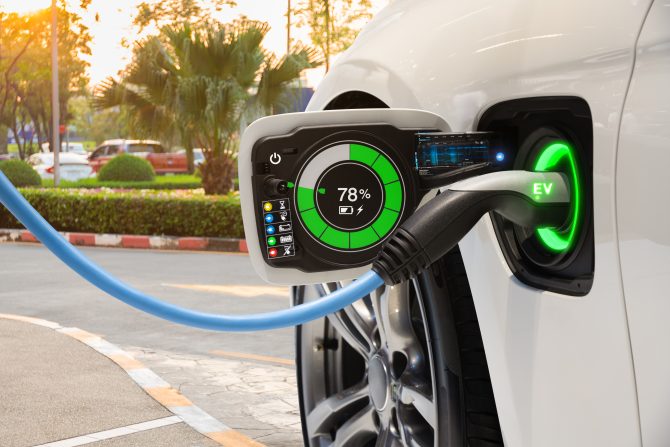
Pull the plug: How wireless charging makes autonomy a reality
By David Schatz, VP Global Sales & Business Development, WiTricity
Automation / Robotics Electronics Wireless Engineering Environmental autonomous autonomous vehicles electric environmental EVs vehiclesThe future of mobility is electric, autonomous and shared
Wireless charging for electric and autonomous vehicles —whether owned by a consumer or managed by a fleet company—is not only inevitable but the technology is available now.
Self-driving electric cars for consumers or fleet operators offer a promise of safer streets, more efficient mobility, convenience, and benefits to the environment. According to McKinsey, commercial and passenger fleets in the U.S. could include as many as 8 million EVs by 2030, amounting to 10-15% of all fleet vehicles. Not to mention, the Biden administration is pushing for EVs to make up half of U.S. auto sales by 2030. But powering these electric vehicle fleets—whether they’re autonomous or not—requires rethinking the charging experience.
From phones to laptops and even to robot lawn mowers, the world is going wireless. EVs are no exception and the charging infrastructure being planned now must account for the inevitable and anticipate the future, especially when it comes to autonomy and fleets. Wireless charging based on magnetic resonance technology—technology that is available now—allows electric vehicles, no matter the type or size, to automatically charge by parking over a wireless charging pad. It offers flexible positioning, high efficiency, and the ability to transfer power safely through materials like concrete and asphalt, snow, and ice.

Electric vehicle changing on street parking – Future EV car concept. Source: Adobe Images
As businesses around the globe look to modernize their fleets, and as autonomy takes hold, here are some benefits that EV wireless charging has to offer:
Charging without human intervention
A big question about the evolution of mobility is whether consumers will continue to own their own vehicles or hire them as a service when we need them, à la Uber or Lyft. And as true autonomy takes hold, that question becomes even more complicated: if consumers increasingly don’t own their own vehicle and rely on autonomous fleets/robotaxis for transportation, how will these vehicles power-up without human intervention? Wireless charging solves for this issue, and autonomy requires it.
Charging while still in service
With businesses and government agencies upgrading their fleets to be electric (think: delivery vans, mail trucks, taxis), there is a major benefit of being able to charge vehicles while still in service. Take the taxi example: by embedding wireless charging technology into the ground of a taxi queue at an airport, taxis can automatically charge—“power snack”—while waiting to pick up their next passenger, thereby eliminating any pause in service and consequent increases in total cost of ownership. These electric vehicles can remain in service and operate 24/7 without having to be taken offline to fully recharge.
Charging while lowering maintenance costs
According to GreenCars, “If maintained according to the manufacturer’s recommendations, electric vehicles cost on average $330 less per year than their gas-imbibing counterparts… and EV drivers pay half as much to repair and maintain their vehicles.” But even still, traditional plug-in charging cords, and connectors require maintenance and replacement arising from connector wear and tear, drop damage, and vandalism. Wireless charging has no moving parts, and reduces maintenance costs and makes EVs even easier to manage and attractive to fleet operators. Weather does not impact EV wireless charging as the charging can still happen safely and seamlessly regardless of snow, ice, rain, and dust.
Increasing safety
Additionally, wireless charging enhances safety in vehicle depots and parking lots by eliminating the trip hazards of the charging cables and by remotely mounting any high voltage power electronics, a major benefit to those managing EV fleets. This improved safety can reduce workplace injuries and workman’s compensation costs.
The future of mobility is here. And as businesses look to invest in “what’s next,” it’s time to make wireless charging mainstream. With wireless charging, electric vehicle fleets, be they driven by people or autonomously, can be managed more cost effectively and safely, making the total cost of ownership lower than traditional plug-in charging models.
———————————

By David Schatz, VP Global Sales & Business Development, WiTricity.
